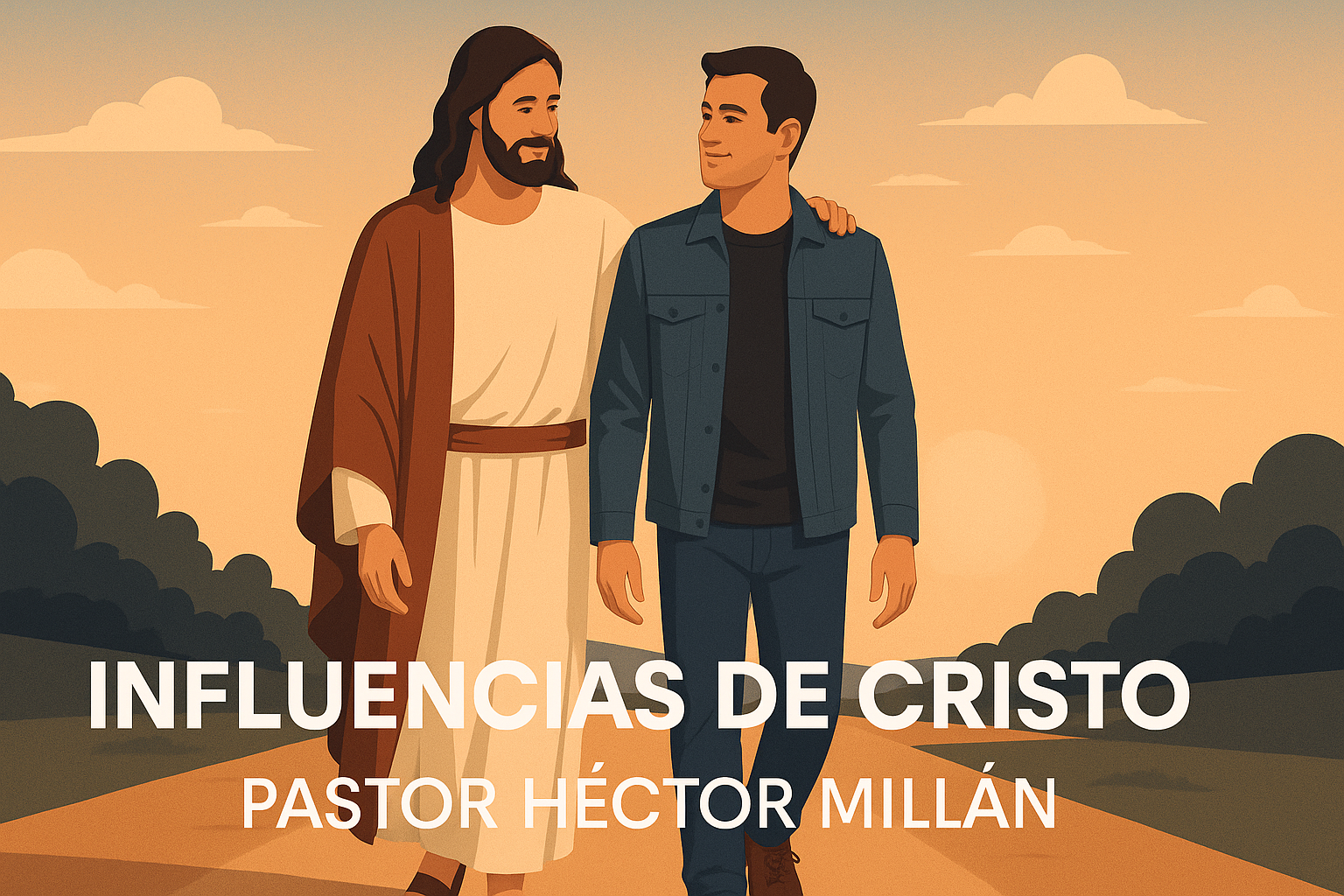Picture this: a man walks into a mental health clinic. He’s in his mid-thirties, Latino, clean-cut, well dressed professional type. He walks up to the secretary’s desk, politely asks if he can talk to a counselor. He sits for about ten minutes, and the counselor comes out to invite the man into his office. Seconds after entering, this guy just completely breaks down crying while he tells the counselor about how he feels his life has ended because of his drinking problem and a love affair he’s been having with someone from work. He mentions that since his wife caught him cheating, everything has been a disaster: she wants a divorce, he’s even been drinking at work, where his boss caught him drunk, so he thinks he’ll probably get fired, and he fears not being able to keep seeing his daughter.
Now, who hasn’t felt at one time or another that their lives have been shattered? Who hasn’t thought that there could be absolutely no way out of an apparent dark hole? I’ve been there, so empathy would be the first step towards showing any kind of support towards this individual. I give the guy a few seconds of silence, and once the rate of his sobbing starts lowering, I ask him what his name is. “Pedro,” he replies. As I try to engage Pedro in eye contact, I securely respond: “Pedro, my name is Hector. I imagine you must be feeling a lot of pressure and pain right now, and it seems to me like you’re life has taken some surprising turns. From where I’m sitting, it looks like you want to get things back on track, and getting things together after rough times almost always implies an interesting ride full of new experiences. I want you to know that I’m willing to accompany you on that ride. Would you like to tell me a little bit more about the situation? Then towards the end of this first meeting, we’ll try to prioritize some goals and design a plan that will get you walking in a direction towards peace.”
Currently, counselors and other mental health professionals have a wide spectrum of theoretical approaches to choose from. I like the way Gerald Corey tries to motivate students to create their own counseling style, making a blend of different approaches. Personally, I was captivated by certain elements of a few theories that really resonated in me.
At a foundation level, I’d place Existential and Person-Centered Therapy as my philosophical stance. I specifically appreciate the existentialist’s second proposition, freedom and responsibility. I consistently emphasize that each individual is free to choose from a variety of options that life presents us on a daily basis, but we must be very aware that every option carries its own set of consequences. We must all take responsibility for our actions. I do not think this is cause for extreme remorse, I think consequences are catapults for reflection and future planning. The accurate empathic understanding that the person-centered approach proposes is key to grasping the client’s subjective experience, and this understanding leads to a respect in the therapeutic ambiance that provokes a positive alliance between therapist and consumer. I do visualize rehabilitation and recuperation as a journey towards the treasure of one’s own inner peace, development, growth, healthier relationships and resolutions, one that implies the seeking of new skills and knowledge. In it, the therapist must assume a role of expert in relationships and problem solving skills, but not the expert in the client’s life choices.
Time is a limited resource for all humans, which I believe is a conceptual base for both existentialist and solution-focused theories. Times have changed since Freud’s practice. High-speed lifestyles and stingy health care plans have pushed psychotherapy theory into creating approaches that can produce faster results. This is just awesome. The way solution-focused brief therapy proposes concrete strategies that aim clients in the direction of their wellness from the first session just amazes me. Teaching clients ways to change their own perspectives from problem-focused to strength or solution-focused helps change attitudes and willingness towards treatment related efforts. Showing ways to conquer small battles gives the opportunity to embrace small positive changes that motivate clients to keep walking, because large changes are also possible. I am also very drawn to the narrative theory and the way people’s strengths are identified and used in order to rewrite life stories. Labeling individuals with a diagnosis may cause him/her to accept a condition as a life-long limiting element that is just “part of my life”. Therapist and client must establish a relationship based on respect and positive regard. Empathy should be present, but special attention should be paid so as to not provoke a feeling of dependence onto the client. Helping clients to identify the times in which they have shown strengths is crucial in reaching therapeutic independence.
I’m a constructionist. I believe in social constructionism because I understand the way ideas are formed in our minds. There is a lot at play here: our parent’s opinions and moral standards, the interests of neighbors, the social and economic struggles we witness, our education, and definitely the relationships we get involved in. Individual’s self-concepts and worldviews and formed by all of these experiences, the way we think is socially constructed. This should be considered while working with people from diverse cultural backgrounds. Therapists should not just leap towards designing work plans with individuals without considering where they are from, and the possible contrast with where they are now. A set of initial goals that might seem “reasonable” to me but may also be disrespectful to someone else, considering culturally accepted and promoted moral values in some places of the world. Now, with so much globalization and migration, setting therapeutic goals is a very delicate issue. In all cases, I believe that the client is the expert of his or her life, therefor the expert on planning the next steps.
Cognitive Behavior and Reality Therapy strategies are also important for teaching clients how to identify the thought patterns that lead to certain actions. Helping individuals identify the self-talk that sometimes punishes people in the way they perceive themselves can alleviate the mental tension we can unload on ourselves and break way towards more realistic views. I also believe in Gestalt’s approach in identifying the different elements in situations and their significance, so as to be able to deconstruct a large experience into simpler, more manageable parts. This is definitely a key technique I would constantly employ.
Above all else, I believe the most important lesson learned regarding counseling theories is the ability to be oneself. I think professionals may feel overwhelmed by all the available techniques and may be pursued into trying to become mechanical and stiff in therapy while trying to implement all that is learned. Past theoretical approaches should only help us form our very own.









